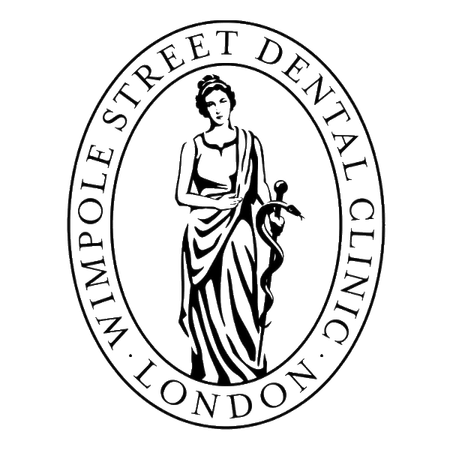Modern dental implants represent an elegant and safe way to permanently replace lost teeth. From our professional experience in clinic, we know that in some cases the attending dentist will discover during the first examination that there is not enough jawbone for a dental implant to be successfully placed at the current time so bone augmentation will be necessary to make such a procedure possible for the affected patient. This dental situation now poses the question: should artificial bone substitute material now be used to fill the bone cavity or is relocation of the patient’s own bone the best way forward to restore the jaw? The answers to these questions are complex and incorporate all aspects of the individual patient case. This article is therefore intended to give a brief overview of the current materials available for bone augmentations in the context of dental implant surgical interventions.
When exactly is bone grafting necessary?
The insertion of dental implants is (greatly simplified) comparable to the insertion of a dowel into a wall. If the wall is too thin or the dowel is too thick, it will break out of the wall and what should be held by the dowel will fall down. The situation is similar with dental implants in that they are inserted into a jawbone which is currently too thin or too weak to support them without further assistance. Without bone augmentation, the dental implant, if placed, loses its supporting bone walls under the chewing load and so has to be removed after a short time. The desired therapeutic success of achieving a set of strong and secure teeth, just as the patient previously had with their original natural teeth, without bone augmentation, just does not materialise for them which leaves them extremely disappointed.
The long-term success of dental implants is therefore heavily dependent on the size of the jawbone present in the individual patient case. Basically, a dental implant should be surrounded on all sides by a bone layer that is at least 2 mm thick. We know that it is often the case where the bone volume is just not available when the decision is made to proceed with a dental implant, since the body re-absorbs part of the jawbone which is no longer needed after a tooth has been lost.
The materials available to consider for bone augmentation
In modern dentistry practice, the following materials can be used to replace lost bones:
1. The body’s own bone
2. Natural bone substitute materials
3. Synthetic bone substitute materials
4. A mix of the materials above
The body’s own bone can be obtained to a sufficient extent from various parts of the body. In the oral cavity, bone can be obtained from the drilled cavity of the implant, the posterior area (back) of the lower jaw and also the chin area. Outside the oral cavity, larger amounts of the body’s own bone can be removed from the anterior (front) pelvic bone (hip). The body’s own bone is very suitable for restoring jaw strength by filling such a void. With the body’s own bone, there is a lower risk of infection for the patient and immunological rejection of the transplant is ruled out because it is only the body’s own tissue. With regards to the biological value the body’s own bone is therefore superior to all other bone building materials and so is still regarded the “gold standard” for bone building today. Usually either bone particles or whole bone blocks are used. The bone blocks are fixed with small titanium or steel screws, usually removed after the bone graft has healed (in approx. 3-4 months). Please note that the limited availability of this natural bone resource and the need for additional harvesting points can make this choice of material disadvantageous. Additionally, the use of the patient’s own bone means it is re-absorbed by the body a little quicker than a bone substitute material often is.
Natural bone substitute materials are obtained from animal materials (bones and connective tissue) and are mainly available as granules (ground bones) or as bone blocks. The most common donor animals are cattle and pigs, as the bone structure of these animals is similar to that of humans. Bone particles and blocks of human origin are actually also available. Rest assured that in order to exclude the risk of transmission of infectious diseases such as HIV or hepatitis as well as an immunological rejection reaction, these materials are sterilised and preserved. Please be aware that these necessary processes also changes the biological properties of the materials and can lead to increased degradation, post-surgery. Please also note that the healing phase after bone formation is longer with natural bone substitute materials than with the body’s own bone (approx. 4-6 months) Natural bone substitute materials are suitable for filling in smaller jaw cavities or applied as a blended application with the body’s own bone.
Synthetic (artificial) bone substitute materials consist mainly of calcium-based ceramics or so-called bioactive glasses. They are offered as granules and, due to their lower stability, are only suitable for use with smaller jaw cavities to be filled.
As to answering the question as to just which material is used in an individual patient case – it is one which should be determined after the necessary diagnostic measures (clinical and radiological examination) have been conducted and the corresponding information from the attending physician has been received and reviewed.
In summary, it can be said that the body’s own bone is still the most tolerable and predictable method for building up the jawbone in order to provide the optimal foundation to support the successful placing of dental implants designed to restore a strong and secure set of teeth plus a patient’s comfort and confidence in their now renewed smile.
If you would like more information on this subject or have any questions regarding it, please contact us today.

